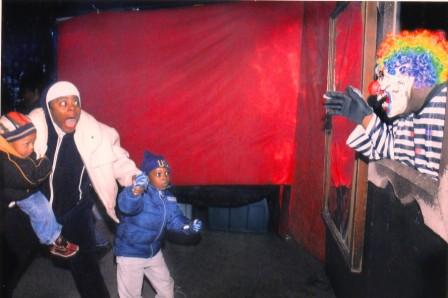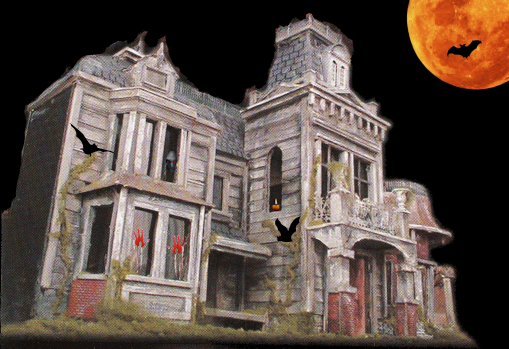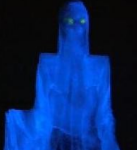74 days left until Halloween…
Here is great article from WebMD which explains why people love all the thrills and chills (and we’re so glad they do); enjoy!
Exploring the ‘dark side’ may be a psychological need that’s met when the scare is actually over.
Virtually everyone knows what it’s like to feel really scared: A pounding heartbeat. Faster breathing. Nervous perspiration. Butterflies in the stomach.
But whether that fright is caused by watching a nail-biting horror movie, listening to a spine-chilling story, or prowling through a dark-as-night haunted house on Halloween, some people actually revel in feeling frightened. They thrive on the latest Friday the 13th movie or Stephen King novel. They relish roller coasters, perhaps even sky diving. They crave having the bejesus scared right out of them.
Of course, for the mere mortals among us who feel that we’re liable to lose our lunch after just a glimpse of a slasher movie, it may seem unimaginable that others actually enjoy panic-button experiences. But experts believe that it’s not uncommon for individuals to push the envelope, seeing how much fear they can tolerate, and ultimately feeling a sense of satisfaction when they’re able to endure the anxiety.
Exploring the Dark Side
What’s the appeal of the fright associated with creepy stories? “There’s a long history of people being intensely curious about the ‘dark side,’ and trying to make sense of it,” says Frank Farley, PhD, psychologist at Temple University. “Through movies, we’re able to see horror in front of our eyes, and some people are extremely fascinated by it. They’re interested in the unusual and the bizarre because they don’t understand it and it’s so different from our everyday lives.”
For more than two decades, Glenn Sparks, PhD, has studied the way men, women, and children respond to terrifying images in the media. “Some people have a need to expose themselves to sensations that are different from the routine,” he says. “While experiencing a frightening movie may have some negatives, individuals often derive gratification because the experience is different.”
Several studies have shown that males like scary films much more than females do. “It’s not that they truly enjoy being scared,” says Sparks, professor of communication at Purdue University. “But they get great satisfaction being able to say that they conquered and mastered something that was threatening. They enjoy the feeling that they ‘made it through.'”
Quite commonly, at the end of the terrifying movie, an individual may walk out of the theater with a profound sense of relief, adds Sparks. “He may just be happy that the film is over.”
“Type T’s”
Farley, former president of the American Psychological Association, has studied people who have what he calls “type T” (thrill-seeking) personalities. These men and women thrive on the uncertainty and the intensity associated with activities that most people consider to be hair-raising — from riding roller coasters to bungee jumping. “Sky divers will tell you it’s the thrill, the rush, and a little element of fear that motivates them to push themselves to the extreme,” he says.
http://www.webmd.com/a-to-z-guides/features/exploring-thrill-seeking-personalities




